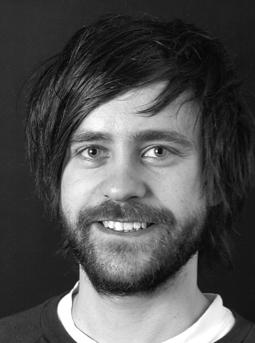The flows and exchanges of fluids in the brain are crucial to maintain brain function. Blood flow supplies nutrients and removes waste metabolites, interstitial fluid mediates neurotransmitter transport, and cerebrospinal fluid (CSF) provides cushioning and buoyancy to the brain. CSF also drives the 'glymphatic system': CSF circulates around the brain, entering the spaces between neurons and glial cells, which helps to clear waste products from the brain's interstitial fluid. Dysfunction of the glymphatic system has been linked to various neurodegenerative diseases, including Alzheimer's disease, Parkinson's disease, and other conditions that involve the buildup of toxic proteins in the brain.
Few MR-methods exist to measure glymphatic system-related flows in humans, hindering the translation of the glymphatic system to human research and clinical use. The aim of the neurofluids research group is to develop and implement new methodology and sequences to measure the flows and exchanges of neurofluids. We also facilitate, support and advance neurofluids-related research at DRCMR and with external collaborators.

Glymphatic cerebrospinal fluid flow in pial perivascular spaces of the middle cerebral artery visualized with dynamic MRI of a paramagnetic tracer in the rat brain (left) and low b-value dynamic diffusion imaging in the human brain (right).
Key Projects
CCLEAR7T
Spontaneous intracranial hypotension (SIH) is caused by a spinal CSF-leak leading to low intracranial pressure, orthostatic headaches, dizziness and other neurological symptoms, but diagnosis is complex may require dynamic CT with CSF contrast-injections. This project uses ultra-high field MRI to find changes in brain structure and investigate CSF circulation around the brain.
Phase-contrast spectroscopy-based CSF flow
Estimating CSF inflow to the brain in humans is hindered by the pulsatile motion of CSF and the concurrent pulsatile brain motion. This project uses phase-contrast MR spectroscopy to disentangle CSF motion from brain motion by measuring velocity in water (CSF) and metabolites (brain tissue) separately in the same acquisition.





